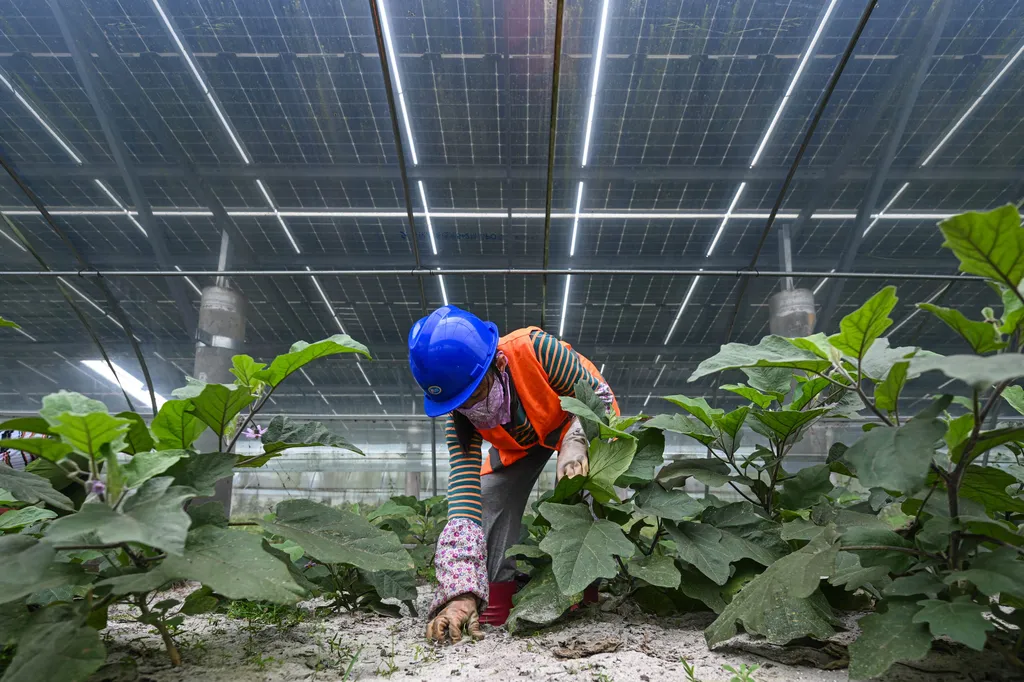In the vast, fertile fields of Heilongjiang Province, where rice paddies stretch as far as the eye can see, a critical challenge has emerged: minimizing post-harvest rice loss while maximizing efficiency. This region, a cornerstone of China’s grain production, accounts for roughly half of the nation’s rice output. Yet, the harvesting stage, a pivotal moment in the rice production cycle, contributes significantly to carbon emissions and yield loss. A recent study published in the journal *Frontiers in Agricultural Science and Technology* (translated from the original Chinese title) sheds light on this pressing issue, offering insights that could reshape the future of rice harvesting.
Led by Hongyan Sun, a researcher at the School of Economics and Management, Harbin Normal University, the study delves into the intricate factors influencing rice loss during mechanical harvesting. “Our goal was to identify key factors that could help reduce rice loss and improve the overall efficiency of mechanical harvesting,” Sun explains. The research focuses on various parameters, including harvester models, traveling speed, harvesting time, rice humidity, stubble height, and storage methods.
The findings are compelling. Sun and her team discovered that a later harvest time, optimal rice moisture content (20–22%), slower harvester speed (5–6 km/h), and appropriate stubble height (14–18 cm) can significantly reduce rice grain shedding by about 1–1.5%. These insights are not just academic; they have profound commercial implications, particularly for the energy sector.
“By optimizing these factors, we can enhance the efficiency of mechanical operations, reduce diesel consumption, and lower carbon emissions,” Sun notes. This is a game-changer for an industry grappling with the dual challenges of sustainability and profitability. The study’s recommendations could lead to more efficient harvesting practices, reducing the environmental footprint while boosting yield and profitability.
The research also highlights the importance of human factors, which will be explored in future studies. This holistic approach underscores the complexity of the issue and the need for comprehensive solutions.
As the world grapples with the challenges of climate change and food security, studies like this one are more crucial than ever. They offer a roadmap for sustainable practices that can be adopted globally, ensuring food security while minimizing environmental impact.
In the words of Sun, “This research is just the beginning. We hope our findings will inspire further studies and practical applications that can benefit farmers, the environment, and the broader agricultural industry.”
The study, published in *Frontiers in Agricultural Science and Technology*, serves as a beacon of hope, illuminating the path towards a more sustainable and efficient future for rice production. As the world watches, the fields of Heilongjiang Province may well become a model for the rest of the globe, demonstrating how science and technology can drive positive change in the agricultural sector.

